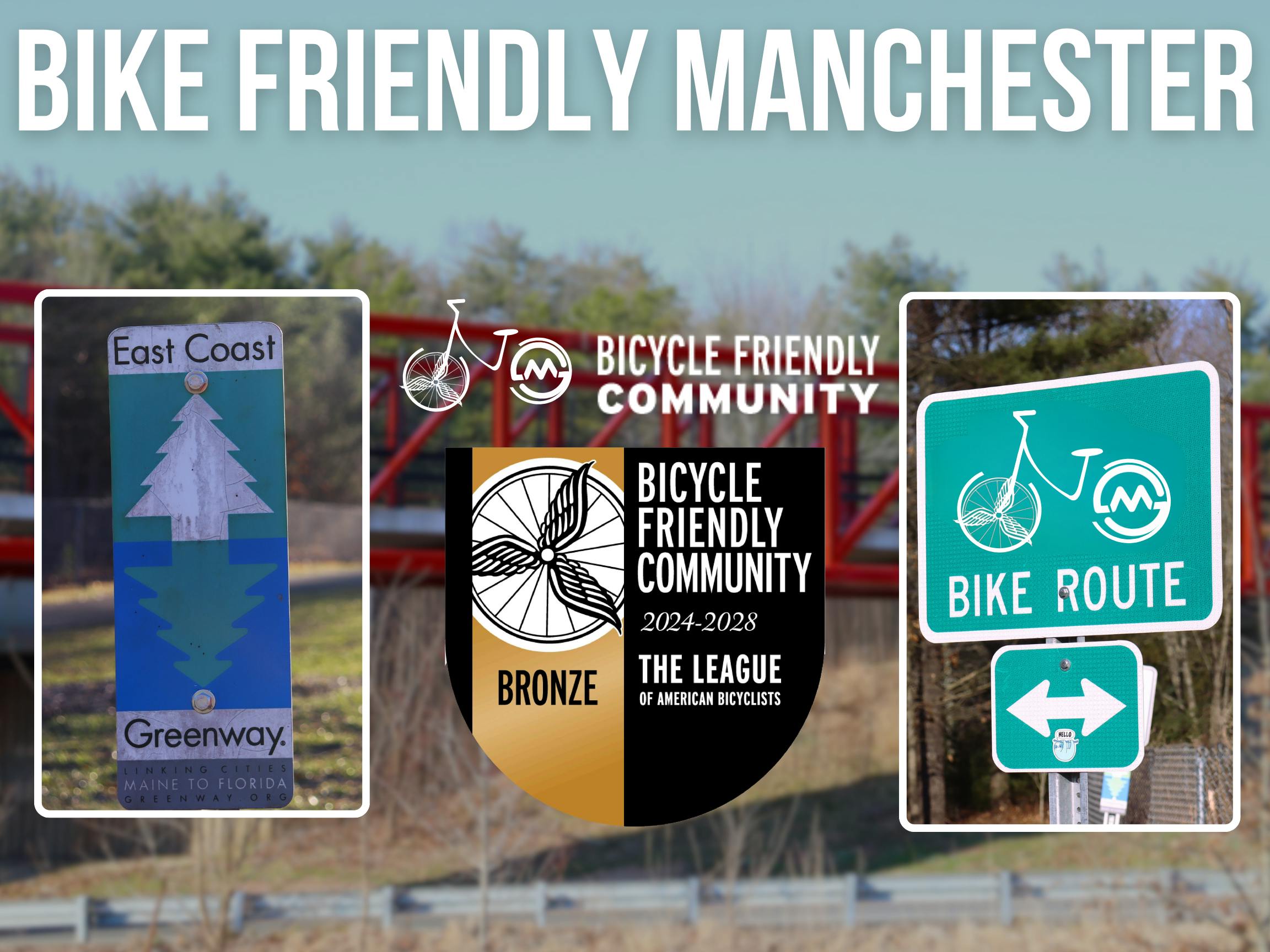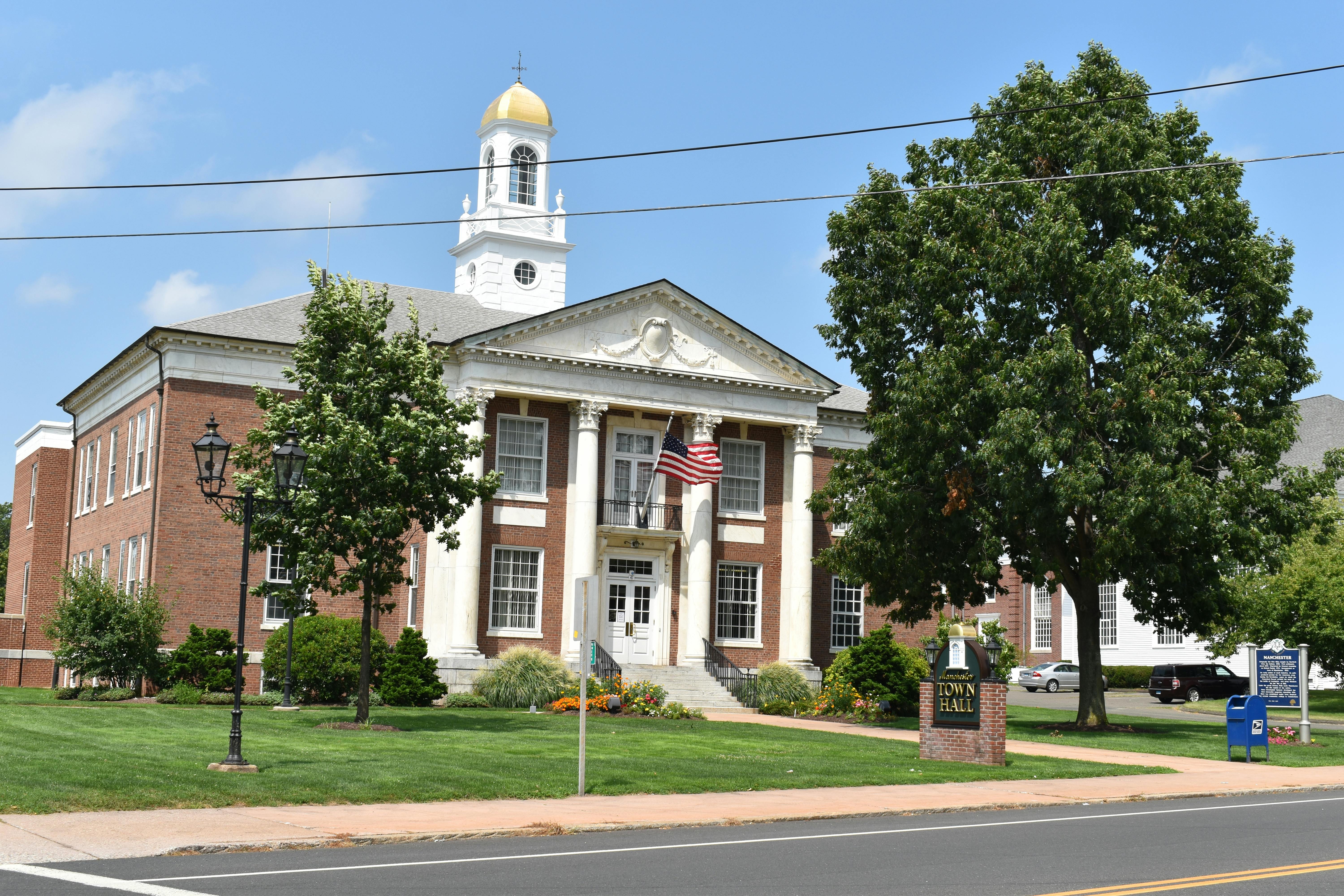Share Path or Trail Etiquette on Facebook
Share Path or Trail Etiquette on Linkedin
Email Path or Trail Etiquette link
When sharing trails or paths with pedestrians, cyclists must exercise courtesy and respect to ensure a safe and enjoyable experience for everyone. Here are some trail etiquette guidelines for cyclists:
Yield to Pedestrians: Pedestrians have the right of way on shared trails or paths. Slow down and yield to pedestrians, especially in congested areas or at intersections.
Announce Your Presence: When approaching pedestrians from behind, use a bell, horn, or verbal signal to alert them to your presence. Pass pedestrians at a safe speed and maintain a safe distance to avoid startling them.
Keep Right, Pass Left: Stay to the right side of the trail or path, allowing faster-moving cyclists to pass on your left. Signal your intention to pass with a friendly verbal greeting or bell ring, and give pedestrians plenty of space as you pass.
Be Mindful of Speed: Respect posted speed limits and adjust your speed according to trail conditions and congestion levels. Slow down in crowded areas, blind curves, or narrow sections of the trail to avoid collisions with pedestrians.
Share the Space: Be considerate of other trail users, including cyclists, runners, dog walkers, and families with children. Slow down and give way to others when necessary, and be patient and courteous in busy or congested areas.
Leave No Trace: Practice Leave No Trace principles by packing out your trash, avoiding damage to vegetation, and respecting wildlife and natural habitats along the trail. Leave the trail better than you found it for others to enjoy.
By following these basic traffic skills and trail etiquette guidelines, cyclists can contribute to a safer and more harmonious environment for sharing the road and trails with vehicles and pedestrians alike. Remember to always ride responsibly and with respect for others, ensuring that everyone can enjoy the outdoors safely and responsibly.
Share Theft Prevention Tips on Facebook
Share Theft Prevention Tips on Linkedin
Email Theft Prevention Tips link
Preventing bicycle theft requires a combination of vigilance, preparation, and security measures. Here are some helpful hints on bicycle theft prevention:
1. Use a Quality Lock:
Invest in a high-quality, sturdy bike lock made of hardened steel or alloy. Look for locks with a secure locking mechanism, such as a U-lock or heavy-duty chain lock.
Avoid cable locks or thin chain locks, as they are easier for thieves to cut or break.
2. Lock Your Bike Properly:
Always lock your bike to a fixed and immovable object, such as a bike rack, pole, or sturdy fence.
Secure the frame and both wheels of your bike to the locking point using the lock. Remove any easily removable parts, such as quick-release wheels or seats, and lock them with the bike.
3. Choose a Visible Location:
Park your bike in a well-lit, busy area with high foot traffic, where it is less likely to be targeted by thieves.
Avoid leaving your bike unattended in secluded or hidden areas where thieves can work without being noticed.
4. Register Your Bike:
Register your bike with local law enforcement or online bike registration databases. Keep a record of your bike's serial number, make, model, and any distinguishing features.
Mark your bike with a unique identifier, such as your driver's license number or a personalized engraving, to make it easier to identify if stolen and recovered.
5. Use Multiple Security Measures:
Combine different security measures to deter thieves, such as using a combination of locks, removing valuable components, and installing a GPS tracking device or alarm system.
Consider using a secondary lock or cable to secure additional components, such as the saddle or handlebars, to the frame or locking point.
6. Be Mindful of Storage:
Store your bike indoors whenever possible, such as in a garage, bike storage room, or inside your home. Use a wall mount or bike stand to keep it upright and organized.
If storing your bike outdoors, use a weatherproof bike cover to protect it from the elements and deter potential thieves.
7. Practice Safe Riding Habits:
Avoid leaving your bike unattended for extended periods, especially in high-risk areas or overnight.
When locking your bike outside, periodically check on it and vary your routine to avoid patterns that may be noticed by thieves.
8. Report Theft Immediately:
If your bike is stolen, report the theft to local law enforcement as soon as possible. Provide them with your bike's registration information, serial number, and any identifying details.
Notify bike shops, pawnshops, and online marketplaces in your area to be on the lookout for your stolen bike.
By following these helpful hints and taking proactive steps to secure your bike, you can reduce the risk of bicycle theft and protect your investment for years to come.
Share Biking in Inclement Weather on Facebook
Share Biking in Inclement Weather on Linkedin
Email Biking in Inclement Weather link
Riding bikes in inclement weather requires extra caution and preparation to ensure safety and comfort. Here are some tips and considerations for cycling in adverse weather conditions:
1. Check the Forecast:
Before heading out for a ride, check the weather forecast to anticipate any potential precipitation, high winds, or extreme temperatures.
Consider postponing your ride or choosing an alternative route if severe weather is expected.
2. Dress Appropriately:
Wear layers of clothing suitable for the prevailing weather conditions, including a waterproof and windproof outer layer to protect against rain and wind.
Use moisture-wicking base layers to keep sweat away from your skin and insulating layers to retain body heat in cold temperatures.
Don't forget to wear waterproof gloves, shoe covers, and a cycling cap or helmet cover to protect your extremities from rain and cold.
3. Use Lights and Reflective Gear:
Ensure you're visible to motorists and other road users by using front and rear lights, even during daylight hours when visibility may be reduced due to rain or fog.
Wear reflective clothing or accessories, such as vests, bands, or ankle straps, to increase your visibility in low-light conditions or when riding in rain or mist.
4. Ride Defensively:
Exercise caution and anticipate potential hazards on the road, such as slippery surfaces, reduced visibility, and reduced traction.
Reduce your speed and increase your following distance to allow for longer stopping distances and to react to unexpected obstacles or hazards.
5. Maintain Your Bike:
Ensure your bike is well-maintained and in good working condition, especially in wet or muddy conditions that can accelerate wear and corrosion.
Check your brakes, tires, drivetrain, and lights regularly, and clean and lubricate components as needed to prevent rust and corrosion.
6. Adjust Your Riding Technique:
Ride with a relaxed and stable posture, keeping a firm grip on the handlebars and maintaining a smooth and steady cadence.
Brake gently and gradually to avoid skidding or loss of control on wet or slippery surfaces, and use both front and rear brakes in combination for optimal stopping power.
Use caution when cornering or turning, as wet or icy roads can reduce traction and increase the risk of slipping or sliding.
7. Be Prepared for Emergencies:
Carry essential tools and supplies with you, such as a spare tube, tire levers, patch kit, multi-tool, pump, and a mobile phone for emergencies.
Plan your route to include sheltered rest stops or indoor facilities where you can seek refuge from severe weather if necessary.
8. Know When to Stop:
Use your discretion and judgment to determine when it's safe to continue riding in adverse weather conditions and when it's best to seek shelter or postpone your ride.
If conditions deteriorate rapidly or become unsafe, prioritize your safety and well-being by finding a safe place to wait out the weather or arrange for alternative transportation.
Share Diversity, Equity, and Inclusion with the Bike Friendly Community on Facebook
Share Diversity, Equity, and Inclusion with the Bike Friendly Community on Linkedin
Email Diversity, Equity, and Inclusion with the Bike Friendly Community link
Becoming a bike-friendly community through initiatives like the League of American Bicyclists' National Bike Friendly Community designation can positively impact diversity, equity, and inclusion in several ways:
1. Accessibility: Improving biking infrastructure and promoting cycling can make transportation more accessible to individuals who may not have access to or prefer not to use cars. This includes low-income communities, where car ownership may be less common. By providing safe and convenient biking options, the initiative can enhance mobility and access to essential services, education, and job opportunities for underserved populations.
2. Health Equity: Encouraging biking promotes physical activity and can contribute to improved public health outcomes. Access to safe biking infrastructure allows individuals of all ages, abilities, and socioeconomic backgrounds to engage in active transportation, reducing disparities in health outcomes related to physical inactivity and chronic diseases.
3. Community Engagement: Biking initiatives often foster community engagement and social connections. By creating opportunities for residents to participate in group rides, bike-related events, and advocacy efforts, the initiative can bring diverse community members together, fostering a sense of belonging and strengthening social ties across different demographic groups.
4. Education and Empowerment: Biking initiatives can provide education and resources to empower individuals with the knowledge and skills to navigate their communities safely and confidently by bike. This includes bike safety classes, repair workshops, and outreach programs targeted at underserved communities. By equipping residents with the tools and confidence to cycle, the initiative promotes self-sufficiency and independence, particularly among youth and marginalized populations.
5. Environmental Justice: Promoting biking as a sustainable mode of transportation aligns with environmental justice principles by reducing air pollution and greenhouse gas emissions that disproportionately affect marginalized communities. By prioritizing investments in biking infrastructure in underserved areas, the initiative can address environmental inequalities and improve the quality of life for all residents.
Overall, a bike-friendly initiative can play a significant role in advancing diversity, equity, and inclusion by improving access to transportation, promoting physical and mental well-being, fostering community connections, and addressing environmental and social justice issues within the community.
Share National League of American Bicyclists: OurTrails on Facebook
Share National League of American Bicyclists: OurTrails on Linkedin
Email National League of American Bicyclists: OurTrails link
The Town of Manchester seeks to apply to the League of American Bicyclists for National Bike Friendly Community designation for several reasons:
1. Recognition and Prestige: Achieving National Bike Friendly Community designation signifies that a town is committed to promoting bicycling as a viable and sustainable mode of transportation. It brings recognition and prestige to the town and showcases its efforts to create a bike-friendly environment.
2. Attractiveness to Residents: Being designated as a bike-friendly community can attract residents who prioritize active transportation and outdoor recreation. It can enhance the town's appeal to individuals and families seeking a healthier and more environmentally friendly lifestyle.
3. Economic Benefits: A bike-friendly designation can also have economic benefits for the town. It can attract tourism and visitors interested in cycling, leading to increased spending at local businesses such as bike shops, cafes, and restaurants. Additionally, it can contribute to the overall attractiveness of the town as a place to live, work, and invest.
4. Health and Wellness: Promoting bicycling encourages physical activity and contributes to improved public health outcomes. By providing safe and accessible infrastructure for cyclists, towns can support residents in leading active lifestyles and reducing their reliance on motor vehicles.
5. Environmental Sustainability: Encouraging bicycling as a mode of transportation helps reduce traffic congestion, air pollution, and greenhouse gas emissions. By promoting cycling infrastructure and initiatives, towns can contribute to environmental sustainability and mitigate the impacts of climate change.
6. Youth Engagement and Education: Becoming a bike-friendly community offers numerous benefits for youth. It provides opportunities for physical activity and outdoor recreation, promoting healthy lifestyles from a young age. Additionally, initiatives such as bike rodeos, safety workshops, and educational programs can help teach children and teenagers essential biking skills and safety practices. By integrating bicycling into school curricula and extracurricular activities, towns can empower youth to become confident and responsible cyclists while fostering a lifelong appreciation for active transportation and environmental stewardship.
Overall, applying for National Bike Friendly Community designation reflects a town's commitment to fostering a healthy, sustainable, and vibrant community for its residents and visitors alike.







